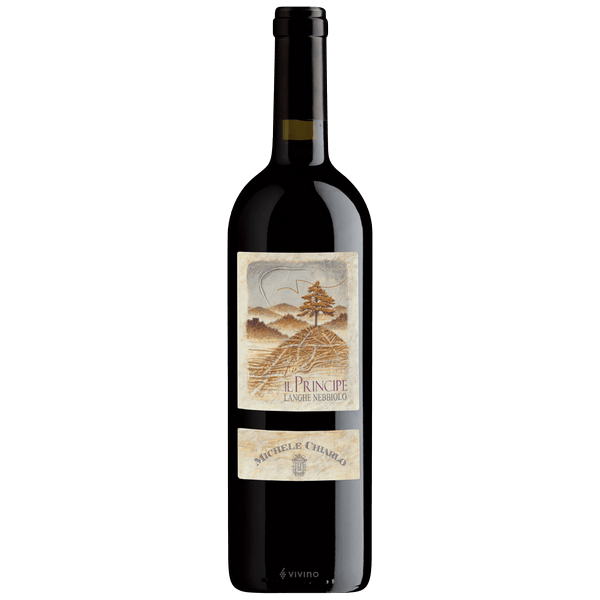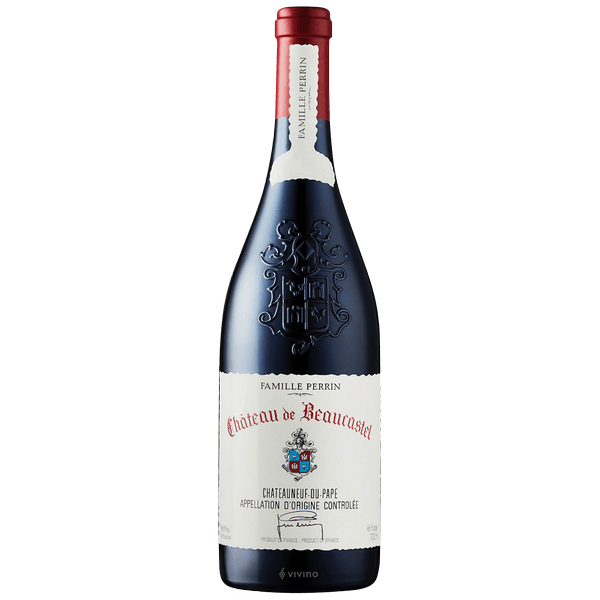2018 Alexander Valley Vineyards Homestead Red Blend
$18.93
Out of stock
2018 Alexander Valley Vineyards Homestead Red Blend
2018 Alexander Valley Vineyards Homestead Red Blend The 2018 has dark purple color and layered, earthy aromas of cassis, black cherry, chocolate, and cherry along with hints of toasty oak and vanilla. This is a silky wine with fresh flavors of cassis, dark chocolate, dark fruits, dusty cherry, and a hint of cedar. The 2018 CYRUS boasts smooth texture, excellent balance and a long, lingering finish. The 2015 is plush now, but as it sits in the glass you get hints of the complexity that will occur with additional cellar aging.
Alexander
After purchasing the historic Cyrus Alexander homestead, Harry and Maggie Wetzel strived to create a thriving agricultural lifestyle on the property. They raised their children along with their vines in Alexander Valley, providing inspiration and encouragement as they developed the estate together. Decades later, the fourth generation of their family is growing up amongst vineyards and next door to the working winery that is known around the world as “AVV”. You could call it a family tradition. We’d be inclined to agree.
Red wine
Red wine has been prevalent since prehistory (the period before written records) as winemaking originated and spread throughout the world. In this case, “red blend” refers to any red wine that contains more than one red grape variety in the final product, though certain red blends can have their own designation as varietal wines despite comprising multiple grapes.
For much of the history of European wine, red blends were in fact more common than single varietals, as winemaking was typically region-centric and featured grapes consolidated from vineyards across a given area. One famous example of this practice is the Bordeaux blend, which originated in the 18th or 19th century and usually comprises Cabernet Sauvignon, Merlot and Cabernet Franc.
Though prominent red blends such as Bordeaux still remain popular, many red blends have been associated with lower quality due to the assumption that the term indicates cheaper table wines. However, many high-quality wine producers still elect to produce red blends, and these wines can in fact offer many unique and delicious flavors due to the winery’s ability to custom design the profile of their product.
Red blends are prepared from a variety of red grapes, usually crushed and fermented individually before any blending takes place. Finding the right blend often requires blending trials, where the winemaker tastes the wine and offers suggestions for how to modify the blend. This process is more common with new world blends, whereas traditional blends such as Bordeaux or Chianti can simply be produced following age-old practices. Aging potential varies, though many high-quality red blends can be aged in oak or bottle. Flavors also vary, though in general most red blends will have notes of red or black fruit.
Related products
Wines!
92pts Parker 93pts Vinous Save 40%
95 Jeb Dunnuck | 93 James Suckling | 95 Robert Parker's
Wines!
Save 46% 95pts Decanter 94pts Suckling 93pts Parker’s WA Drinks Like Silver Oak
 2019 Laurent Martray Cote de Brouilly Les Feuillees
2019 Laurent Martray Cote de Brouilly Les Feuillees 




